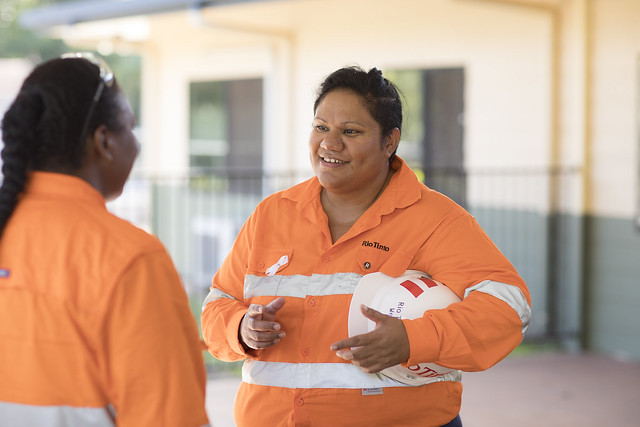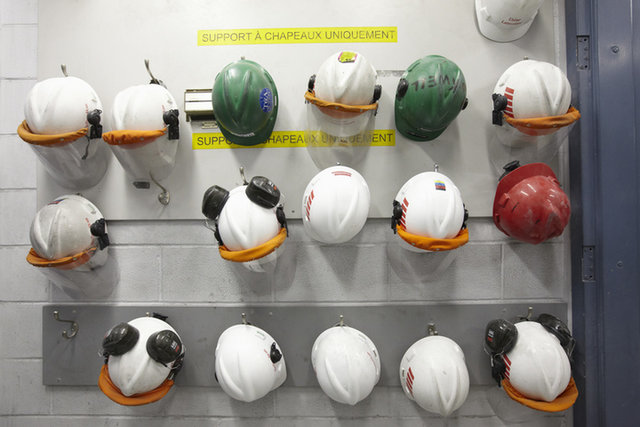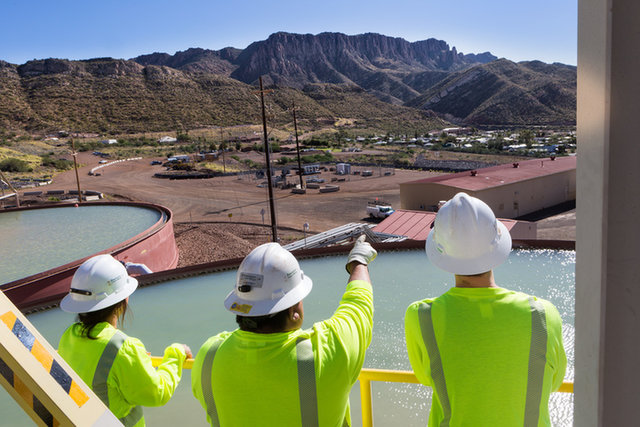Having recovered from the commodities crash, which saw thousands of industry-wide job losses, the mining sector is back to recruiting again.
This time however it is facing increasingly stiff competition from other industrial sectors, so to win over new workers mining firms must know what motivates them and what turns them off.
A recent poll of 800 respondents conducted in January 2019 by Mining People International (MPI), an Australia-based recruitment agency, asked what workers really want.
Work-life balance is still a high priority
Asked what takes priority when searching for a mining job, most survey respondents (39.8%) ranked work-life balance the highest. It was voted a top priority in similar MPI polls in both 2018 (40.48%) and 2016 (47.24%), but to lower percentages. The falling percentage indicates work-life balance is improving - but not quickly enough.
Steve Heather, managing director at MPI, says due to the high prevalence of fly in/fly out (FIFO) workforces in Australia work-life balance consistently ranks as a high priority.
“Getting this balance right across the roster cycles is particularly important to these workers. This would be less of an issue in regional towns or cities, where workers come home to their families every night,” he explains.
“Asked what takes priority when searching for a mining job, most survey respondents (39.8%) ranked work-life balance the highest.”
But employers are responding to workers’ concerns. “They’re offering more family friendly rosters, with some moving to ‘even time’ timetables, where miners spend the same time at home as they do on site, as well as offering high quality communication services in onsite accommodation so employees can stay connected with their families,” Heather adds.
Additionally, workers returning to the mining sector after being laid-off in the downturn have experienced improved working conditions in other industries, such as manufacturing and construction, and now expect mining employers to match-up, says Chris Kent, regional director of Hays Resources & Mining in Australia.
“Now that optimism has returned to the mining industry, many of these people are returning and bringing these higher work-life balance expectations with them,” he says.
Similarly, mining companies looking to attract new entrants to the sector need to be aware of the differing expectations they’re likely to have, he adds.

Rio Tinto's East Weipa Mine Centre, Weipa, Queensland, Australia. Women make up only around 16.1 % of the Australian mining workforce. Credit: Rio Tinto.
Career development is key
Opportunity for career development (37%) was another stand-out priority in the MPI survey, ranking just below work-life balance. This year it rose slightly from previous surveys, with 37.8% listing it as a priority in 2018 and 28.64% in 2016.
This indicates that mining companies need to offer clear career progression opportunities if they are to successfully compete for graduates against other sectors.
New workers coming into the industry with tertiary qualifications during this positive phase in the commodity cycle are likely to be offered considerable career opportunities, says Heather.
“There will be more people needed due to higher demand but fewer graduates available; therefore, there could be terrific opportunities for non-tertiary qualified people to partly fill those gaps, as well as the potential for employees to upskill, and develop careers in roles that don’t yet exist in the industry,” he says.
Kent agrees. “There are great opportunities – the mining industry’s revival has created numerous jobs around the country.”
Mining companies need to offer clear career progression opportunities if they are to successfully compete for graduates against other sectors. Credit: Rio Tinto.
Salary is less of a concern
Salary as a priority when looking for a mining job ranked third in the MPI survey, gaining 19.72% of votes. This indicates a significant improvement from 2016 when it received 24.12%.
This is consistent with the fact that the mining industry has used some of its new-found profitability to raise salaries after a period of stagnation says Heather, especially as high-rates are generally expected from mining job seekers.
“I think money is still a key motivator for younger workers or those people who are still trying to get themselves set up in life,” he says.
However, although salaries have improved they are not expected to return to the heights seen during the mining boom, says Kent.
“Salary as a priority when looking for a mining job ranked third in the MPI survey, gaining 19.72% of votes.”
“This is because the types of roles available are quite different in the production growth phase from those experienced during the mass construction phase and miners are monitoring productivity much more closely this time around, so instead employees are pushing for additional benefits,” he says.
Kent adds “However, complicating this is that mining companies are still competing for top talent and are experiencing skill shortages, particularly in remote areas, which has further put an added emphasis on other staff engagement and retention strategies.”
This might explain why last year, in a similar, albeit smaller, MPI survey, 78.45% of respondents, said no when asked ‘do you feel you are being paid what you are worth?’.

Asked what takes priority when searching for a mining job, most Mining People survey respondents (39.8%) ranked work-life balance highest. Credit: Rio Tinto
Ongoing recruitment challenges
The mining sector is now returning to its pre-commodities crash health and with this it is seeing the re-emergence of a skills shortage, particularly in engineering, says Kent.
“With major infrastructure projects underway in many states, demand is set to rise even further. We’re already seeing some employers in the West offering FIFO arrangements to skilled professionals based in the eastern states,” he adds.
Heather adds that another major challenge for mining firms is finding workers who fit not just the industry’s requirements for team players with good communication skills and a natural inclination to work safely, but whom also fit the culture.
“These things are easier to check in someone who has been employed in the industry previously, but for people who have not worked in mining before, companies find this harder to do,” he says.

Mining companies looking to attract new entrants to the sector need to be aware of the differing expectations they’re likely to have. Credit: Rio Tinto.
Overall, what should mining firms do to attract new talent?
Adopt a concerted industry-wide approach, Kent says.
“Start with educating young people on the benefits of an engineering or mining career, and encourage greater uptake of these courses at university,” he adds.
While Heather suggests better upfront screen of ‘soft’ factors and personal traits would improve retention rates, as well as considering the transferable skills of new individuals.

More than half of the country’s coal mines are managed by pro-Russian separatist militia. Credit: DmyTo/Shutterstock.

